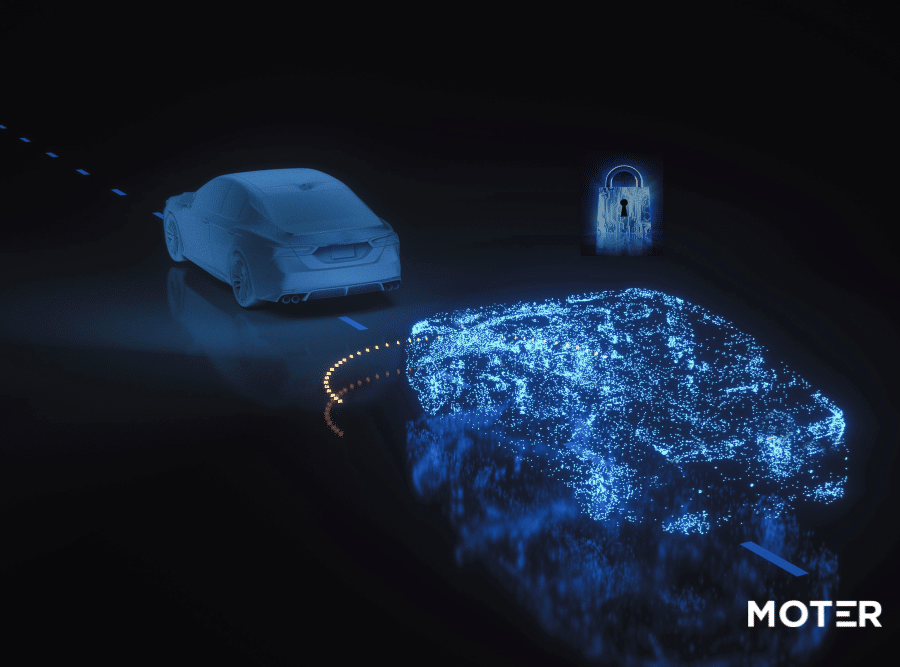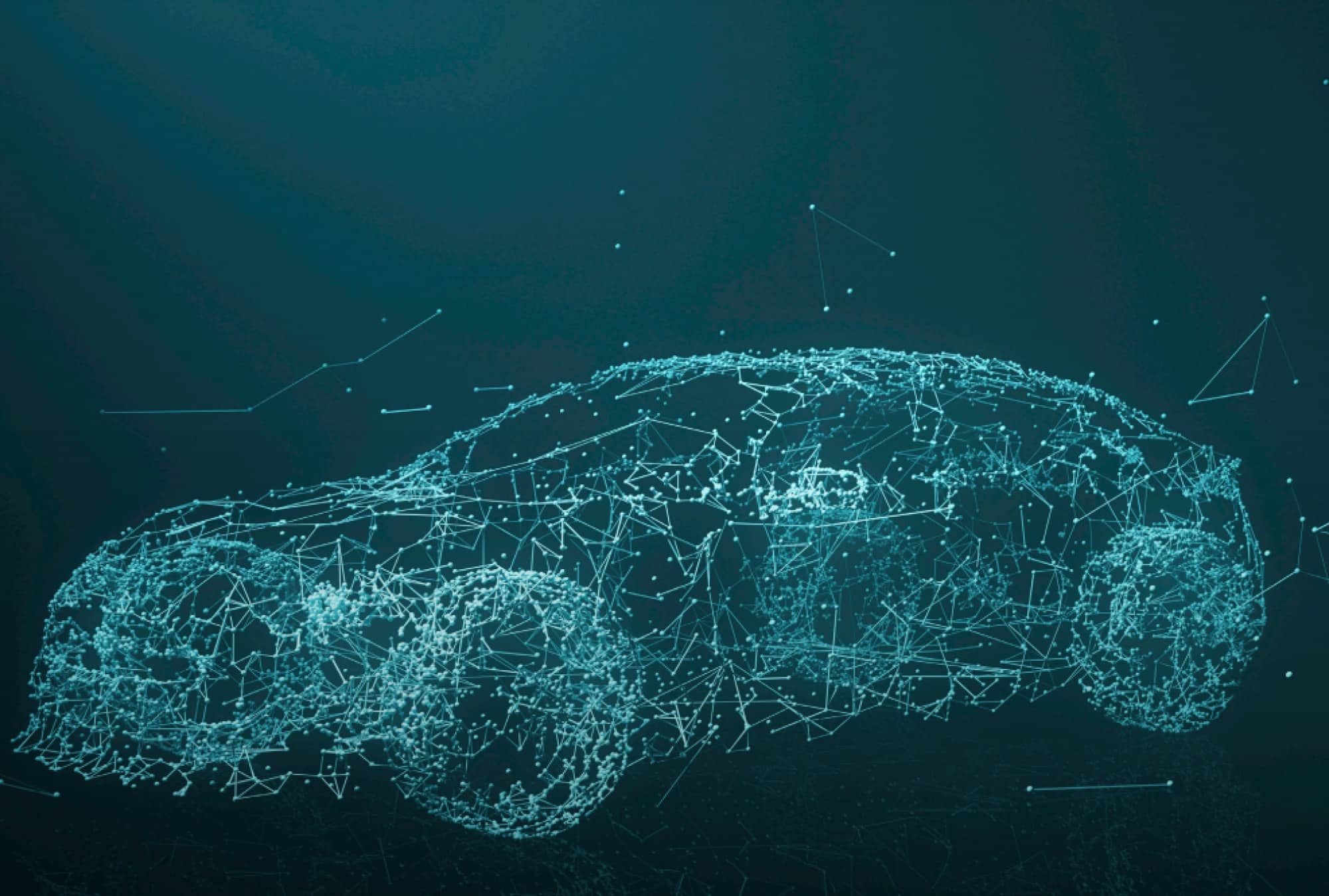The U.S. commercial auto insurance industry has been unprofitable for most of the last decade. In fact, it has produced a combined ratio above 100% in 11 of the past 12 years, the lone exception being 2021’s 99% due to pandemic-related lockdowns1. Unfortunately, loss ratios jumped from 64.2% in 2021 to 70.3% in 2022 and further eroded to 74.2% in 20232. These deteriorating results have forced the market to harden to a level that is less than ideal for both insurers and insureds, and subsequently, both have been turning to technology to address the issue. Insurers are now increasingly leveraging technology to secure driving insights and better match price to risk, whereas insureds are seeking these technologies to enhance driver training and reduce their insurance premiums.
Historically, commercial auto telematics programs have primarily been adopted for non-insurance use cases. From the integration of geospatial vehicle tracking, to monitoring vehicle health, idling times, and optimizing fuel and route efficiency, technology companies have helped fleet managers better understand the opportunities to reduce operating costs within their business fleets. The fleet management telematics industry has been growing for more than a decade and will most likely continue to expand significantly, with a projected CAGR of 19.8% from 2023-20303.
The insurance industry is increasingly joining the fray with these technology companies as 72% of commercial insurers are currently in the research phase of implementing their own usage-based insurance (UBI) product offering4. Like most things in the insurance industry, innovation is slow, but not without its reasons. State, as opposed to federal, regulation means insurers are required to separately file their rating plans in all 50 states, each with its own unique requirements and deviations. In addition, the operational costs to deliver and install the necessary dash cameras and telematics hardware devices for an insurer’s clients should not be taken lightly, as dedicated companies have been established for this very function.
There are a limited number of usage-based commercial auto insurance-telematics solutions filed and in-use today, but more and more carriers are entering the marketplace challenging the early providers. Telematics rating variables such as speeding, braking, and acceleration are all common events leveraged in today’s UBI solutions, and while they are predictive, many recognize they are only proxies to the causal events. What is missing from these traditional UBI telematics solutions is the contextual circumstances behind any given telematics event (e.g. detecting driver distraction or fatigue, the driving environment, weather conditions, lane departures, following too closely, etc.).
Consider the situation where a driver is actively engaged but needs to quickly brake to avoid an accident ahead, stopping with room to spare between his own vehicle and the vehicles in front of him. Compare that to a distracted driver who brakes at the last second to avoid an accident, just barely avoiding contact. Traditional scoring would treat both situations the same, but the driver’s attention and quality of driving are undisputably very different.
In the first situation, the accident was the cause of the harsh brake and the driver performed as well as he possibly could, whereas in the second situation, the avoidance was more due to fortuitous luck. In both situations, no accidents occurred but the evaluation of each driver should clearly be different. MOTER has developed a proprietary, enhanced vehicle scoring model capable of accounting for contextual circumstances leveraging AI, ADAS technology, and two-way dash cameras. MOTER’s vehicle score adjusts for situations that can only be captured through computer vision, which helps paint the full picture of a telematics event. Therefore, driver feedback is more specific and appropriate to a particular situation versus the more generalized feedback common with most telematics solutions in the market today.
In addition to contextualizing braking, the MOTER algorithm incorporates driving behaviors, including but not limited to: tailgating, erratic lane changes, and most importantly, distracted driving. According to the National Highway Traffic Safety Administration, 9 people die every day due to distracted driving, and an additional 793 are injured5. Time of day and day of week are also important predictors, especially for the commercial auto segment, as they result in very different driving environments for these often long and tiring trips.
Modern vehicles are now equipped with embedded technology that records and can even send out telematics data, but the average age of cars and light trucks has continued to rise to a new record of 12.6 years in 20246. These aging vehicles have been a headwind in the adoption of embedded technologies, but MOTER’s AI dashcams provide an alternate solution for vehicles of any age.

MOTER’s proprietary vehicle scoring model can be used for various term lengths. The most common terms are annual or semi-annual, but the auto insurance market is starting to see more dynamic pricing products that utilize variable monthly premiums. Rather than requiring new filings which takes significant time and resources, MOTER’s model can be adopted and tailored to fit any insurer’s existing products. The model has already passed the regulatory approval process in 14 states, with 7 more states anticipated to receive approval before the end of 2024. By the end of 2025, that number increases to 43 states representing 83% of the U.S. commercial auto market as measured by direct written premium.
MOTER is currently partnering with Guidewire to efficiently deploy its proprietary vehicle scoring model to partner insurance carriers. For these partner carriers, the costs of implementing MOTER’s vehicle scoring model can be significantly reduced through Guidewire’s Accelerator product, which provides seamless access to the scoring model without the commitment of building a new backend infrastructure. In addition, MOTER is working with multiple camera vendors to normalize their data, creating a standardized vehicle score, so that business owners do not need to void their contractual obligations to their existing fleet management vendors.
For commercial businesses, ensuring the safety of their drivers and fleets is of paramount importance. The proliferation of telematics devices and dash cameras within commercial vehicles has been apparent with large companies, such as Amazon, Uber, and UPS taking steps to protect their businesses. As more businesses begin to adopt and leverage these advanced technologies, insurance carriers’ UBI solutions will evolve from being a luxury to becoming a necessity. This is particularly paramount as both insurers and insureds alike continue to seek out competitive advantages and improve their bottom line.
_____________________________________________________________________________________
1 Commercial auto insurance sector continues to be unprofitable. Business Insurance. (n.d.). https://www.businessinsurance.com/article/20230928/NEWS06/912360131/Commercial-auto-insurance-sector-continues-to-be-unprofitable
2 Auto Insurance Report – July 1, 2024
3 https://www.grandviewresearch.com/industry-analysis/global-automotive-telematics-market#:~:text=b.,USD%20170.43%20billion%20by%202030.
4 https://www.insurancejournal.com/news/national/2023/10/12/743807.htm#
5 https://www.nhtsa.gov/risky-driving/distracted-driving#:~:text=Distracted%20driving%20is%20dangerous%2C%20claiming,us%20keep%20America’s%20roads%20safe.
6 https://www.prnewswire.com/news-releases/average-age-of-vehicles-in-the-us-continues-to-rise-12-6-years-in-2024–according-to-sp-global-mobility-302152258.html#:~:text=The%20average%20age%20of%20cars,slowing%20as%20new%20registrations%20normalize.



